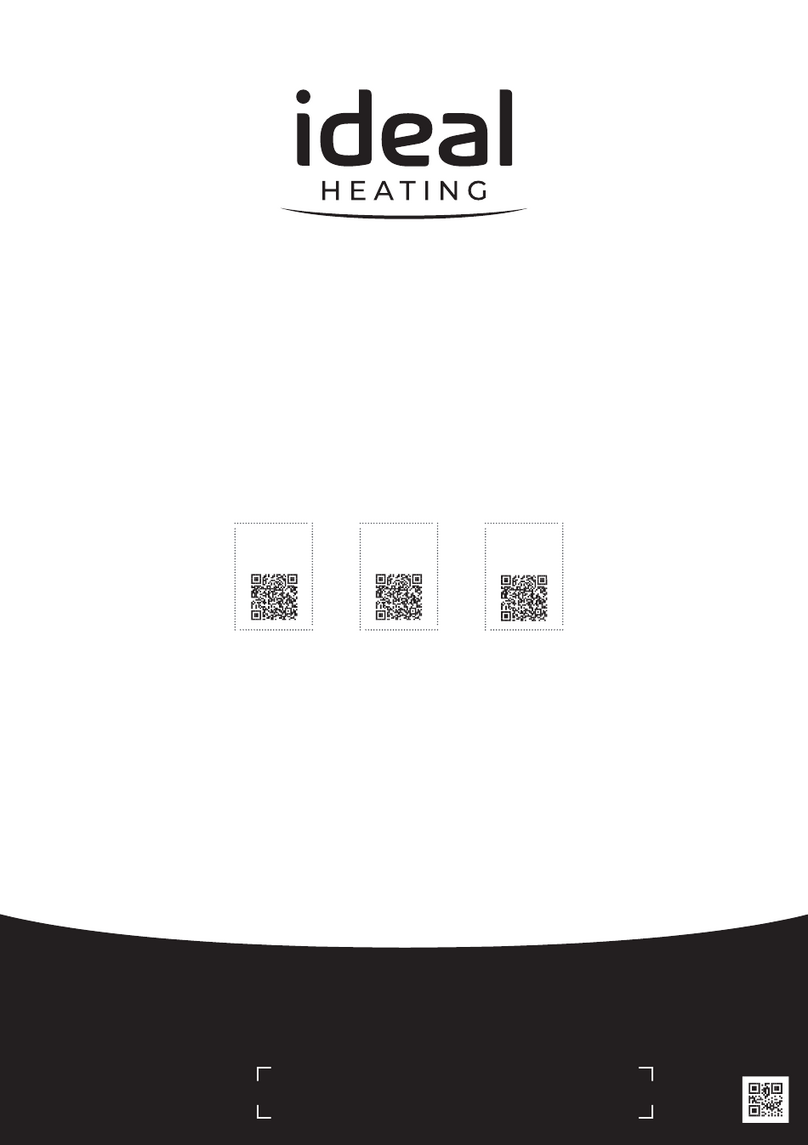
01.07.2022 3 / 78
AHP60-50/70 - Installation, Use and Maintenance
CONTENTS
1.
REGULATIONS, RECOMMENDATIONS AND WARNINGS..............................................................5
1.1. Applicable regulations and standards ........................................................................................................... 5
1.2. Recommendations and warnings................................................................................................................. 5
2. DESCRIPTION OF THE EQUIPMENT ..............................................................................15
2.1. Designations and scope.............................................................................................................................. 15
2.2. Packaging ................................................................................................................................................... 15
2.3.Denitions ................................................................................................................................................... 15
2.4. Technical data ............................................................................................................................................. 16
2.5. Description .................................................................................................................................................. 20
2.6. Operating principle ...................................................................................................................................... 22
3. INSTALLATION ...................................................................................................................24
3.1. Lifting and handling ..................................................................................................................................... 24
3.2. Installation ................................................................................................................................................... 25
3.3. Installing the outdoor unit ............................................................................................................................ 25
3.4. Installing the control unit ............................................................................................................................. 32
3.5. Position of the centre of gravity and the vibration shock absorbers............................................................ 32
3.6. Hydraulic connections ................................................................................................................................. 33
3.7. Electrical connections ................................................................................................................................. 39
4. PRE-REQUISITES BEFORE COMMISSIONING .............................................................44
4.1.Vericationbeforeswitchingon................................................................................................................... 44
4.2. Switching On ............................................................................................................................................... 45
4.3. Commissioning ........................................................................................................................................... 45
4.4.Primaryloopowrate/cascadebalanceadjustment................................................................................... 45
4.5. Operating
diagram .......................................................................................................................................46
4.6. ECOMOD user interface navigation............................................................................................................ 48
5. CONTROL INTERFACE .....................................................................................................49
5.1. User interface.............................................................................................................................................. 49
5.2. “SET” setpoint menu (For manual operation only) ................................................................50
5.3. Sensor menu [TP] ....................................................................................................................................... 51
5.4. Error menu [Err] .......................................................................................................................................... 51
5.5. Operating hours menu [OHR] ..................................................................................................................... 51
5.6. Parameter menu [Par]................................................................................................................................. 51
6. TROUBLESHOOTING .......................................................................................................52
6.1. Troubleshooting of failures without error code ............................................................................................ 52
6.2. Error codes and diagnostic assistance ....................................................................................................... 52
6.3. Inverter board errors ................................................................................................................................... 59
6.4. Ohmic values of the various sensors .......................................................................................................... 61
7. MAINTENANCE OF THE OUTDOOR UNIT......................................................................62
7.1. Drainage of the outdoor unit on the water side ........................................................................................... 62
7.2. Filling the outdoor unit................................................................................................................................. 62
7.3. Prolonged shutdown ................................................................................................................................... 62
7.4. Periodic checks ........................................................................................................................................... 62






























